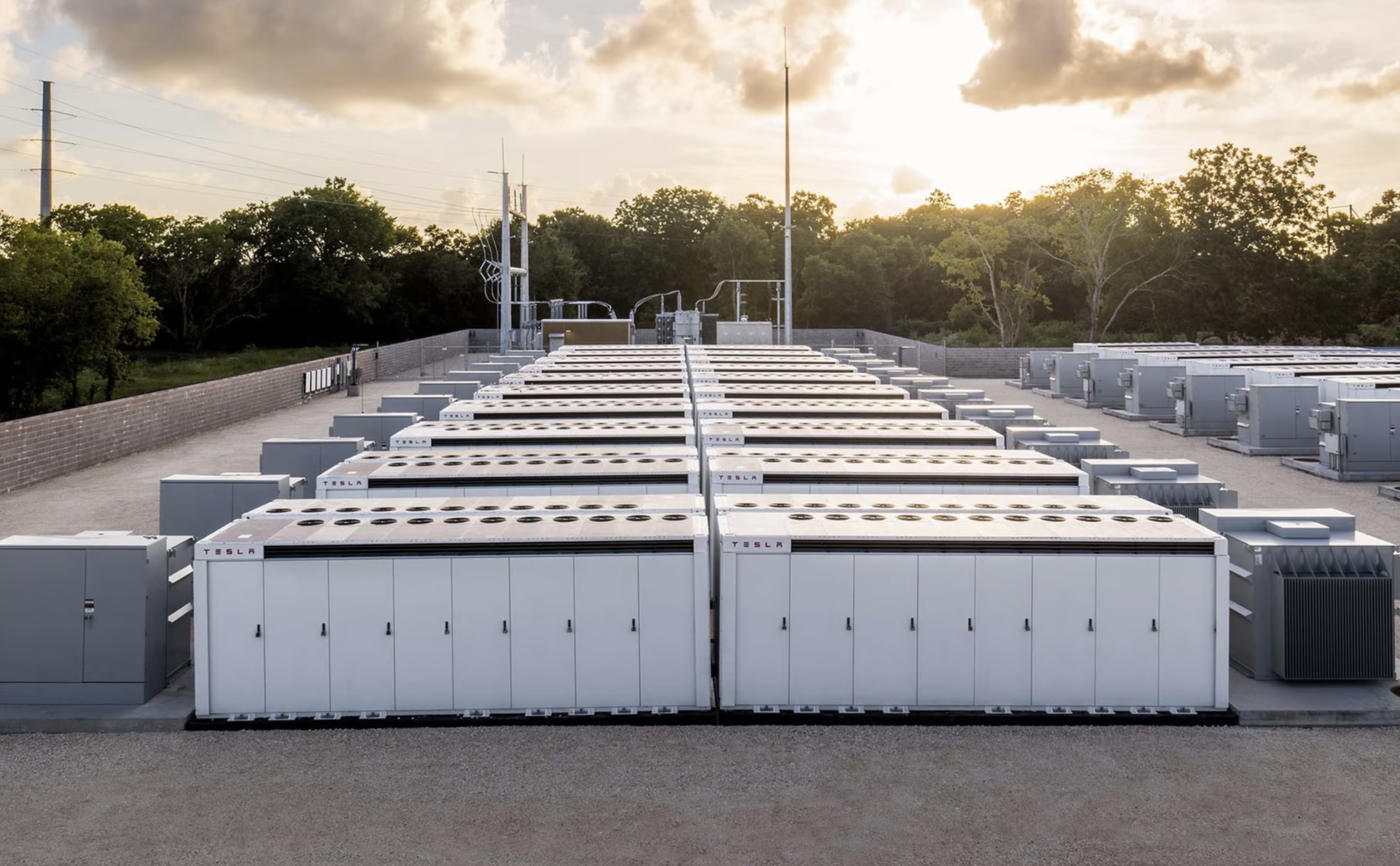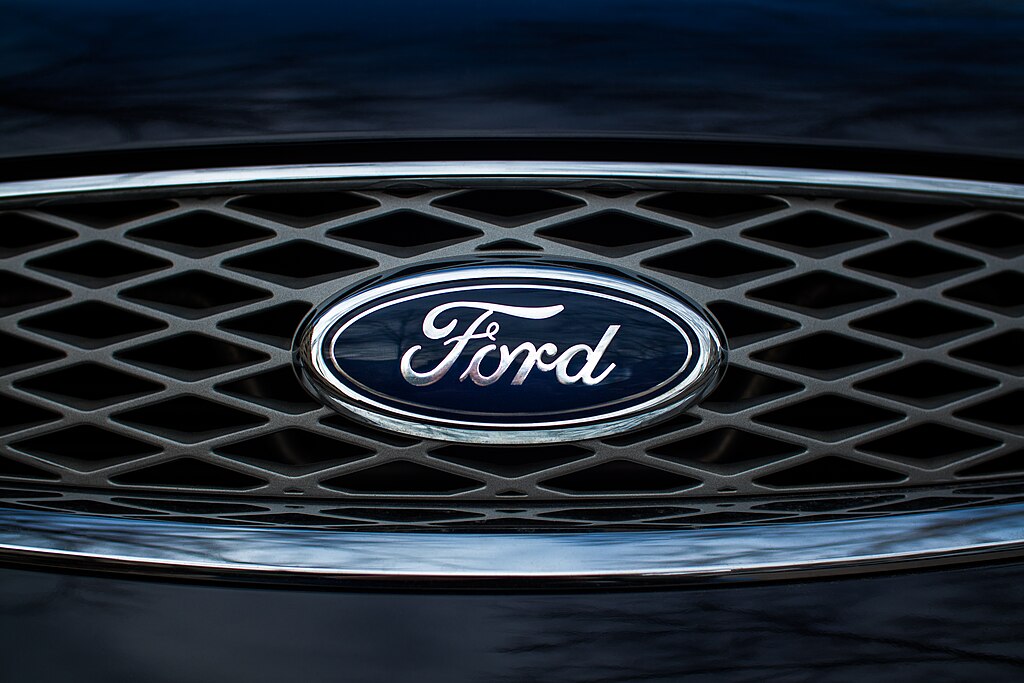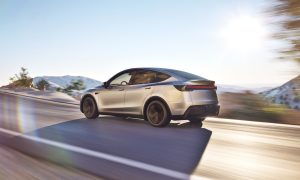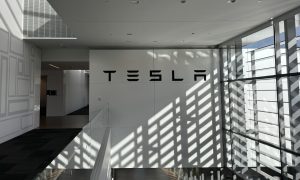News
Top 3 reasons why having to pay for Tesla Supercharger use won’t deter buyers

The “will they or won’t they?” argument over Tesla providing free-for-life unlimited Supercharger use is finally receiving more clarity. The company announced that it will provide roughly 1,000 free miles of energy before charging a fee for Supercharger use on cars ordered after January 1, 2017.
But is this the end for Tesla? Will people be lining up in throngs to cancel their Model 3 reservations? Boycotting Tesla and running to buy another car? Nope, not even a little bit. Here are some of the top reasons why this new announcement won’t deter buyers.
1. Pay less for your Tesla
I’ll jump right into arguably the best reason first. The vast majority of new cars buyers have a budget. That reality means having to choose carefully on the options to equip your Tesla with. By decoupling Supercharger use from the price of the vehicle, Tesla is theoretically able to reduce the price barrier to entry.
Plus, you wouldn’t necessarily want to incur a pre-estimated Supercharger energy cost, charged by Tesla, on a vehicle that may not see its fair share of long distance travel and Supercharger use.
Tesla is anticipated to publish details for its new Supercharging program by year end. But regardless of what will be announced, crowdsourced Model 3 reservation data captured through Model3Tracker.info suggests that it won’t even matter. Nearly 80% of Model 3 reservation holders said they were willing to pay an extra fee for access to the Supercharger network. This is even prior to Tesla announcing that it would begin charging for Supercharger use after the allotted 400 kWh cap (~1,000 miles).
2. You have to pay for fuel either way
The Tesla team knew and has repeatedly said that in order to further the adoption of sustainable transport, they had to make a car at least as compelling as its gasoline-powered counterpart. Since the Model 3 will be at least as compelling as a comparable gasoline car, would-be buyers aren’t going to ditch a vehicle that will require paying for fueling in favor of another vehicle that, too, will incur a cost on fuel. This is especially true when the majority of your charging can be done at home, which is infinitely more convenient, and more cost effective, than stopping at a gas station.
Charging at home, in most markets, is very favorable to the cost of gas. Charging on the Supercharger network beyond your free credits will also be favorable and “cost less than the price of filling up a comparable gas car”, according to Tesla. Mix that in with a growing destination program and I’m confident your Tesla road trips will still be economical.
3. Supercharger Credits can be rewarded
When I conceded that Supercharger credits may work after all, I talked about how Tesla could have fun with it. It’s your 1 year anniversary of ownership, take a trip on us! It’s Nikola Tesla’s birthday… You just reached 50,000 gasoline free miles… Aside from the ability to award additional free credits at will, Tesla could also decide to increase the amount of free credits they give per year. I truly believe Tesla is a good company that does right by its customers. For that reason, I think they aimed a bit low with the credit amounts to ensure they can afford to meet the promised amount. I also believe that if they use data to analyze the costs (they will) and find out that they can afford more than they are giving, they’ll do that too.
And remember …
At the end of the day, there’s no free lunch. Reasonable buyers know the truth. Free for life was not sustainable and a bit too good to be true. Model 3 is shaping up to be about the coolest and most important car of our lifetimes. For those of us stateside, an ode to the fighting spirit of America. Supporting a little, unknown company fighting against all odds – especially in light of current events – and completely upending an entire industry is worth every penny.

Energy
Tesla lands in Texas for latest Megapack production facility

Tesla has chosen the location of its latest manufacturing project, a facility that will churn out the Megapack, a large-scale energy storage system for solar energy projects. It has chosen Waller County, Texas, as the location of the new plant, according to a Commissioners Court meeting that occurred on Wednesday, March 5.
Around midday, members of the Waller County Commissioners Court approved a tax abatement agreement that will bring Tesla to its area, along with an estimated 1,500 jobs. The plant will be located at the Empire West Industrial Park in the Brookshire part of town.
Brookshire also plans to consider a tax abatement for Tesla at its meeting next Thursday.
The project will see a one million square-foot building make way for Tesla to build Megapack battery storage units, according to Covering Katy News, which first reported on the company’s intention to build a plant for its energy product.
CEO Elon Musk confirmed on the company’s Q4 2024 Earnings Call in late January that it had officially started building its third Megapack plant, but did not disclose any location:
“So, we have our second factory, which is in Shanghai, that’s starting operation, and we’re building a third factory. So, we’re trying to ramp output of the stationary battery storage as quickly as possible.”
Tesla plans third Megafactory after breaking energy records in 2024
The Megapack has been a high-demand item as more energy storage projects have started developing. Across the globe, regions are looking for ways to avert the loss of power in the event of a natural disaster or simple power outage.
This is where Megapack comes in, as it stores energy and keeps the lights on when the main grid is unable to provide electricity.
Vince Yokom of the Waller County Economic Development Partnership, commented on Tesla’s planned Megapack facility:
“I want to thank Tesla for investing in Waller County and Brookshire. This will be a state-of-the-art manufacturing facility for their Megapack product. It is a powerful battery unit that provides energy storage and support to help stabilize the grid and prevent outages.”
Tesla has had a lease on the building where it will manufacture the Megapacks since October 2021. However, it was occupied by a third-party logistics company that handled the company’s car parts.
News
Judge rejects Elon Musk’s OpenAI injunction request, but offers fast trial
The judge, however, opened the door for an expedited trial on Musk’s core claims against the artificial intelligence startup.

A federal judge has rejected Elon Musk’s push to block OpenAI’s for-profit conversion. The judge, however, opened the door for an expedited trial on Musk’s core claims against the artificial intelligence startup.
Injunction Denied, but Core Case Advances
U.S. District Judge Yvonne Gonzalez Rogers ruled on Tuesday that “Musk has not demonstrated likelihood of success on the merits” in his request for a preliminary injunction.” The judge flagged Musk’s recent $97.4 billion bid to buy OpenAI’s nonprofit as undermining his “claim of irreparable harm.”
Judge Gonzales Rogers did offer to hold a trial in her California courtroom as early as this fall “given the public interest at stake and potential for harm if a conversion contrary to law occurred,” as noted in a report from the Associated Press. This effectively keeps Musk’s core allegations alive, including breach of contract tied to OpenAI’s nonprofit roots.
Previous comments
Musk, who invested $45 million in OpenAI from its founding until 2018, alleged that the firm violated its founding mission when it shifted its efforts into becoming a for-profit company.
Judge Gonzales Rogers, for her part, had previously questioned why the Tesla and SpaceX CEO invested tens of millions in OpenAI without a written contract. “That is just a lot of money” to invest “on a handshake,” the judge previously noted.
What They’re Saying
OpenAI has welcomed the court’s decision. The artificial intelligence startup stated that, “This has always been about competition. Elon’s own emails show that he wanted to merge a for-profit OpenAI into Tesla. That would have been great for his personal benefit, but not for our mission or U.S. interests.”
Elon Musk lawyer Marc Toberoff also noted that he is pleased about the judge’s decision to offer an expedited trial on the lawsuit’s core claims. “We look forward to a jury confirming that Altman accepted Musk’s charitable contributions, knowing full well they had to be used for the public’s benefit rather than his own enrichment,” the lawyer stated.
News
Trump tariffs could obliterate Ford, GM, and Stellantis profits, but Tesla may be safe: Barclays
Tesla will likely be safe from the adverse effects of Trump’s tariffs as the company produces its vehicles in the United States.

United States President Donald Trump’s 25% tariffs on imports from Canada and Mexico are threatening Detroit’s automakers, with Barclays analysts warning of a potential profit hit for Ford, GM, and Stellantis.
Tesla will likely be safe from the adverse effects of Trump’s tariffs, however, as the company produces its vehicles in the United States.
Trump Tariff Threat
As noted in a Fortune report, one out of four cars sold in the United States are built in either of the two countries. For GM and Stellantis, over a third of their vehicles that are intended for sale in the United States are produced in Mexico and Canada.
The Trump administration’s tariffs could tack on at least $3,000 more per vehicle, Barclays analysts estimated. “Without any adjustment, we estimate it could wipe out effectively all profits for the D3,” the analysts noted.
Auto executives have expressed their reservations about the effect of Trump’s tariffs against Canada and Mexico. In a comment to Fortune last month, Ford CEO Jim Farley noted that if the Trump administration does move forward with its planned import duties, it would cost the U.S. auto industry billions of dollars in profit headwinds.
“We would have to make some major strategy shifts in the U.S., build new plants et cetera, if this persists. Obviously, it’s a devastating impact,” Farley noted.
Tesla Dodges Bullet
Tesla could very well sidestep the worst of the tariffs, as the EV maker assembles the vehicles it sells in the U.S. within the country with minimal reliance on Mexican parts. Elon Musk has also noted that Tesla’s planned Gigafactory Mexico has been paused for now.
Tesla’s vehicles, such as the Model Y and the Model 3, have been listed as among the most American-made cars over the years. Tesla’s vehicle production facilities in the United States such as the Fremont Factory and Giga Texas are also among the largest and most productive auto plants in the country.
Barclays’ Warning
Overall, Barclays analysts noted that if Trump’s high import duties are left in place, automakers such as Ford, GM, and Stellantis will likely feel a lot of pain. This may be the case even if the tariffs themselves are reduced.
“Given the potential for significant disruption ahead if the tariffs stick, we believe it’s a reminder as to why tariffs of this magnitude are unlikely to stick… Even if the tariffs are scaled back to something more modest (or are used to bring content back to the U.S.), it promises to add cost to vehicles, likely causing inflation,” the Barclays analysts warned.
-

 News15 hours ago
News15 hours agoSpaceX announces Starship Flight 8’s new target date
-

 News1 day ago
News1 day agoTesla launches fresh U.S. promotions for the Model 3
-

 Elon Musk2 days ago
Elon Musk2 days agoTesla mulls adding a new feature to fight off vandals as anti-Musk protests increase
-

 News3 days ago
News3 days agoTesla’s lead designer weighs in on plans for these two Model Y colors
-

 News2 days ago
News2 days agoTesla starts Model Y ‘Launch Edition’ deliveries in the U.S.
-

 Elon Musk2 days ago
Elon Musk2 days agoTesla gaining with Republicans as it loses traction with Democrats: Stifel
-

 News2 days ago
News2 days agoTesla China wholesale figures drop in February amid new Model Y transition
-

 News3 days ago
News3 days agoTesla design head reflects on over 16 years with the company





